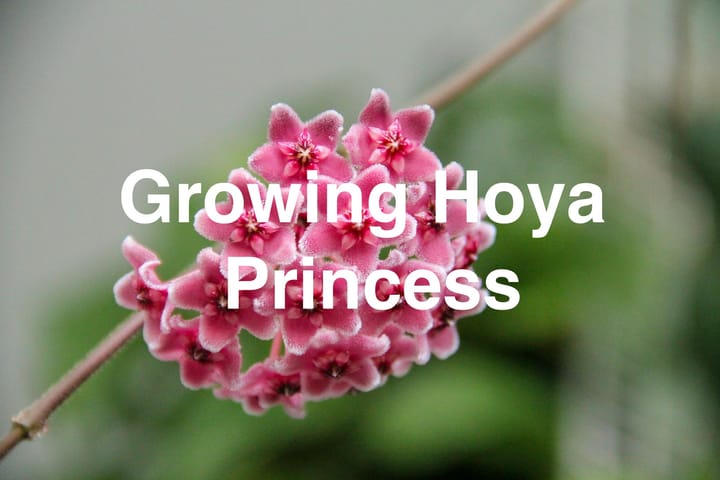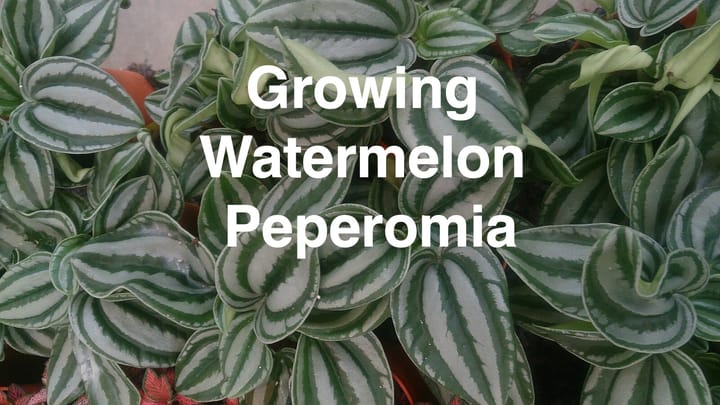How to Grow Persian Shield
Persian Shield is an excellent choice for outdoor and indoor gardens, bringing vibrant color to your space.

Table of Contents
With its deep purple leaves, this warm-weather foliage plant thrives in bright, indirect sunlight and partially shaded locations.
To give your Persian Shield the best chance at flourishing, maintain temperatures above 60°F and provide adequate humidity.
This stunning plant will captivate whether you incorporate it into a border display or enjoy it as a houseplant.
About Persian Shield
Persian Shield, or Strobilanthes dyerianus, is a stunning foliage plant known for its iridescent purple leaves.
This eye-catching plant, also called Royal Purple Plant, belongs to the Acanthaceae family and is native to Myanmar, Asia.
As an evergreen perennial in its native environment, the Persian Shield can be grown as an annual or perennial, depending on your climate.
This plant's vibrant and unique appearance adds a striking touch to indoor and outdoor gardens.
Growing Persian Shield
You can use cuttings from a healthy, established plant to start growing Persian Shield. Snip off a 3-inch long stem below a node, and remove the leaves from the bottom inch of the cutting.
In spring, plant the cuttings in containers filled with well-draining potting soil or a non-soil medium like peat moss, ensuring the pots have sufficient drainage holes.

Ensure your Persian Shield gets the right growing conditions outdoors or as a houseplant.
This evergreen thrives in partial shade or dappled sunlight with bright, indirect light. Keep the plant in a location with humidity levels above 60% and temperatures consistently above 60°F.
In USDA hardiness zone 10, you can plant Persian Shield outdoors, but in cooler climates, it's best grown as a potted plant or moved indoors during colder months.
Maintain even moisture using a moisture meter and provide sultry, humid air to encourage optimal growth.

Caring For Persian Shield
Sun and Temperature
Persian Shield thrives in bright, indirect sunlight and partially shaded locations.
It prefers temperatures above 60°F and can grow outdoors in warmer climates or as a houseplant in cooler areas.
Water and Humidity
Provide even moisture and high humidity. Place a thin layer of rocks in a saucer and balance the pot on top, keeping the saucer full of water to increase humidity around your Persian Shield.
Soil
Choose a well-draining, slightly acidic potting mix for your Persian Shield plant. Compost, peat moss, and perlite can create an ideal soil environment.
Fertilizer
Feed your Persian Shield balanced liquid plant food during the growing season.
A fertilizer containing adequate amounts of nitrogen will promote the vibrant foliage color.
Repotting
Repot your Persian Shield when it outgrows its current container.
Select a new pot with drainage holes and use a well-draining potting mix to ensure proper root growth and development.
Pruning and Propagation
Prune any leggy growth to maintain a bushy appearance.
Propagate your Persian Shield through stem cuttings, taking a three-inch-long cutting below a node and removing the bottom inch of leaves.
Troubleshooting Plant Problems
Growing Problems
Check for overwatering or underwatering if your Persian Shield displays wilting or leggy growth.
Aim to maintain even moisture in the top six inches of soil, water thoroughly twice a week, and adjust accordingly for outdoor growth.
Persian Shield prefers a bright, indirect sunlight location with partial shade for temperature and light.
Ensure temperatures remain above 60°F, as cold temperatures may hinder its growth. Warmer temperatures and dappled light will encourage bushiness.
Pests and Diseases
Persian Shield can fall prey to pests like spider mites, aphids, and fungus gnats. To combat these infestations, use an appropriate pesticide or insecticidal soap.
Additionally, ensuring adequate drainage helps prevent common diseases from affecting the plant.
Companion Planting
When planting Persian Shield in your garden, consider companion plants that share their preference for heat, humidity, and moisture.
Complementary plants include those that can tolerate dappled sun and cooler climates and plants that are compatible with Persian Shield's hardiness zones.
Conclusion
In order to effectively grow a Persian Shield plant, provide bright, indirect sunlight in a place with temperatures above 60°F.
Opt for partially shaded locations, and maintain the humidity levels to keep its vibrant foliage thriving.
When propagating, take a few cuttings from an established plant and follow proper planting guidelines.
Remember to monitor your Persian Shield for any pests or diseases, and enjoy the stunning appearance of this tropical plant in your garden or as a houseplant.
Frequently Asked Questions
What are the water requirements for Persian Shield?
Persian Shield enjoys moist soil conditions. Ensure you water the plant regularly, keeping the soil damp but not soaked.
How fast does Persian Shield grow?
Persian Shield grows relatively quickly and can reach up to 4 feet tall under optimal conditions.
However, its growth rate might differ depending on the environment and care provided.
Can I grow Persian Shield in containers?
Yes, you can grow Persian Shield in containers. Use a well-draining potting mix and choose a container with drainage holes to prevent root rot.
Is Persian Shield suitable to grow in Florida?
Persian Shield is well-suited for Florida's warm, humid conditions. It thrives in USDA hardiness zones 9 to 11, covering most of the state.
What are good companion plants for the Persian Shield?
Since Persian Shield prefers partial shade and moist soil, good companion plants include those with similar needs, such as ferns, coleus, and impatiens.
How do you care for Persian Shield as a houseplant?
Place your Persian Shield in a location with bright, indirect sunlight for optimal growth. Maintain high humidity levels and water regularly to keep the soil moist.



